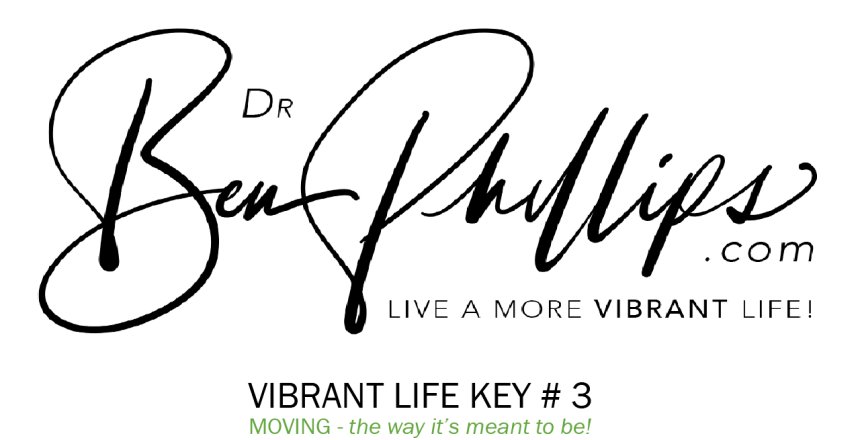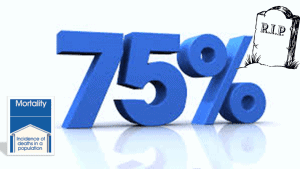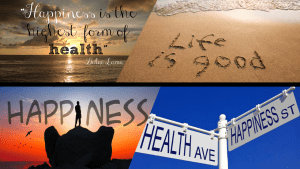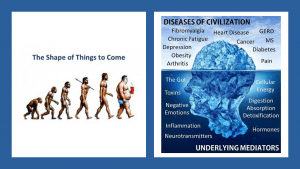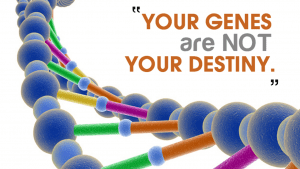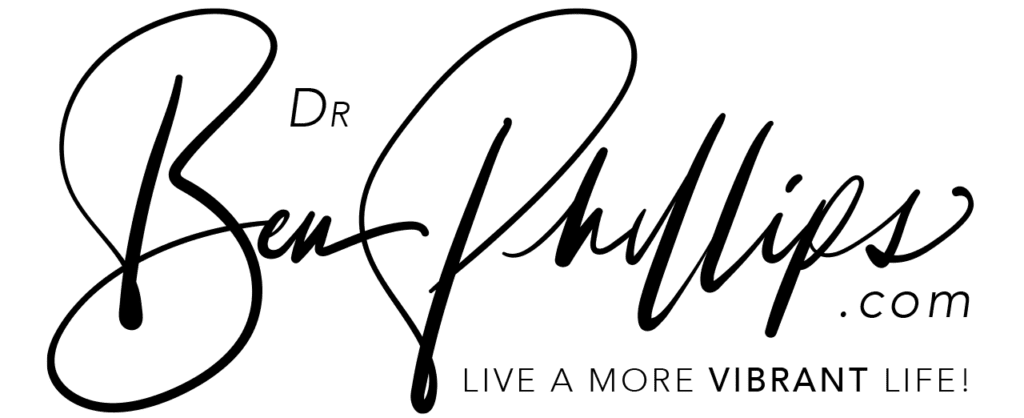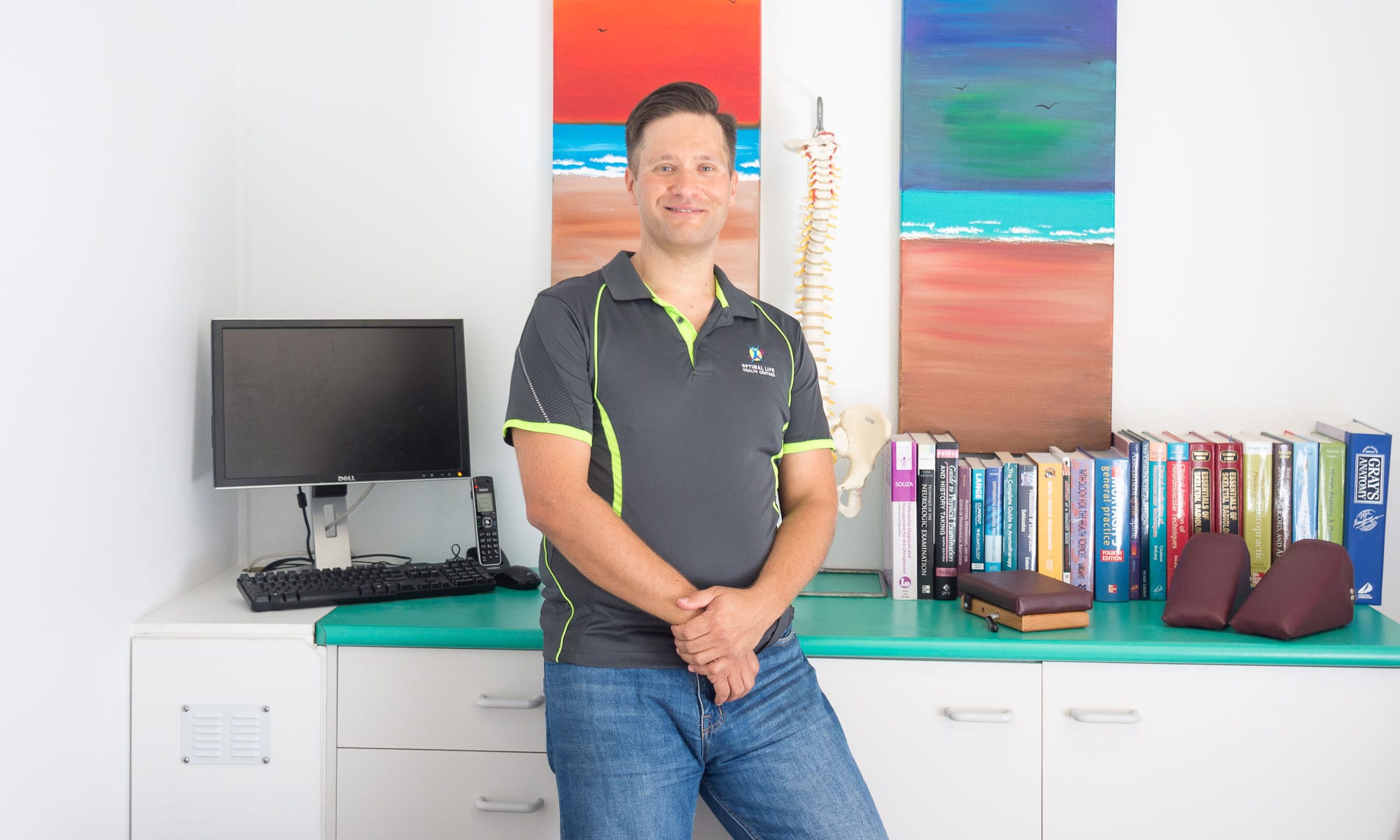Moving Is Life!
Key #3 is about improving quality and quantity of movement – because moving is life!
We look at posture, efficiency, sedentary lifestyles or repetitive movements, breath, stretching, balance, coordination, flexibility, strength, power, push-pull, functional training, aerobic and anaerobic fitness, lifting techniques, ergonomics, sitting and more…
The Vibrant Life Keys are all about working toward purity and sufficiency, primarily by removing toxicity, and resolving deficiency in PHYSICAL, BIOCHEMICAL, MENTAL-EMOTIONAL and SOCIAL realms or domains.
Chiropractic Care is all about reducing the ongoing toxic stress-load of subluxation and improving the movement capacity of our chronically movement-deprived bodies. While resolving these stresses are a vital contribution toward health and wellbeing, it is not the ONLY stress which MOST of our clients are experiencing in their lives.
There are essential other components of life including moving and other physical factors, internal chemistry, mental-emotional challenges, and the way we interact with their broader community that also become sources of either toxicity, deficiency or both.
If the aim is a complete shift toward better cell function, human beings need to include in their ‘healthstyle’ both knowledge of and action steps toward resolving toxicity or deficiency in the domain of Moving.
When implementing change in the area of ‘Moving’ we are effectively discussing all of the factors that contribute to stress-load as a result of inappropriate movement, not enough movement, or physical trauma (at the micro or macro level).
We are an organism of over 70 TRILLION cells; we have evolved in an environment where each cell requires a particular amount and type of movement to promote ideal health and function.
Cells are forced to adapt and change their function either because:
- they are TOXIC – being exposed to something that is not appropriate or not genetically required, OR
- they are DEFICIENT – they do not have an essential nutrient or resource, as genetically required for their optimum function
Remember, this is important because sickness results from deficiency and toxicity, the two forms of stress that result in a loss of the healthy state (a movement in function away from your cells operating in what scientists refer to as ‘homeostasis.’
Of course it can be a combination of the two, or it may be that the accumulated load from previous stress is still affecting the cell’s function.
As with the broader conversation about the value of Health & Wellness coaching, we work to help people identify how or where they are experiencing either a toxicity load or a deficiency state in terms of their movement or physical interaction with the world.
Here we see the use of the terms 'toxicity' and 'deficiency' in a slightly different context - we're talking about too much of the wrong kind of movement (or other physical dynamics) or not enough movement – remember than you can also experience ‘toxicity’ and ‘deficiency’ in both INTERNAL CHEMISTRY and MENTAL-EMOTIONAL and SOCIAL domains.
The idea of toxicity or deficiency from a movement standpoint is perhaps more difficult to grasp – too much of something NOT needed, or not enough of something that IS needed. These two categories are that the root of all movement-related sickness.
Requirements for Ideal Moving & Movement
The recommendations that we get from scientists and public health ‘experts’ operating within the allopathic approach about how much exercise we ideally need as humans come completely from a ‘sickness and treatment’ mentality or paradigm.
They tell us what is enough to simply be ‘less sick’ – the frame for their recommendations is often what is required to save, prevent or recover you from some form of named ‘disease’ or indeed to help you achieve a predefined (and arbitrary) minimum standard.
All of the research done in this realm (that leads to these recommendations) is based upon what impact did exercise have on a particular condition, or the number of people who died, again, of a particular condition; the research does not seek out or source any type of gold standard level of health, fitness or human function on which to base or compare their recommendations.
The allopathic standard for the definition of ‘sedentary’ is ‘the level of physical inactivity below which the threshold for initial health effects occur’ – in other words, the level at which you start to express symptoms.
The ultimate question that must be asked, to come to valid recommendations regarding exercise and movement in our lives, is ‘how much exercise is needed to create homeostasis and health.’
This question is derived from the biological fact that movement is quite literally an ‘essential nutrient’ for health and wellbeing. If we understand this, then our definition of ‘sedentary’ is the level of inactivity that causes adaptive change by the body away from its healthy homeostatic normal function.
This is a much higher bar or standard and leads to much greater minimum exercise/movement requirements to live a full, vibrant life.
As individuals, we need:
Sufficiency in Levels of Moving
This is NOT necessarily “exercise” as we have come to know it – it may simply be activity, play, breath, stretching and more.
Movement requirements including forms that give us aerobic, anaerobic, resistance and balance stimulus for the health of our organ systems and nervous system
Flexibility is also a key need – whether this is achieved through yoga, Pilates, self-directing stretching, tai chi or another form of martial art.
Physical Alignment
The correct alignment, movement and general function of our joints, muscles and other tissues, including our organs!
Postural Awareness
This cannot be understated! Poor posture is a profound challenge in our society, due largely to our lifestyle choices, behaviours, and a general lack of understandinng about how serious poor posture is to our health and wellbeing.
Sleep Position
As much as a third of our lives is spend asleep! We need to make sure our position while asleep, and the support and alignment we get from our mattress and pillows is appropriate for our needs.
Appropriate Breathing
This is one of the most fundamental physical movement requirements, yet so commonly overlooked. We tend to fall into very poor breathing habits unconsciously. There needs to be more diaphragmatic “abdominal” breathing for a large range of reasons – from increasing oxygen saturation, to ‘flushing’ the blood in and out of the spine, to pumping the brain’s ‘nutrient bath’ (cerebrospinal fluid), to improving digestion and the propulsion of foods through our digestive tract. (this is only a small list of why better breathing is important!)
Access to ‘Nature’
We were not meant to live so ‘clean,’ interact only in human-made surfaces or constructed world, and be separated from our world by things like shoes!
Some level of access to ‘nature’ is important – natural environment, dirt, sand, water, breathing better quality air, ‘earthing’ in by being barefoot and more.
Regular breaks from Repetitive Activities
Our body needs uncertainty followed by certainty!
Reducing static postures/positions or repetitive movement patterns is a key need based on our current lifestyles.
It is so important to break up repetitive activities to avoid a permanent or semi-permanent process in our body tissues called ‘creep’ – deformation that can reduce flexibility, resistance and appropriate function. It can lead to laxity or poor muscle/tissue activation patterns or create weakness in lines of force through our body.
Reducing Sitting
Need we say more? We have clear evidence now that sitting shortens our lives!
Working toward Changing or Improving upon a Sedentary Lifestyle
Not enough movement is a profound ‘deficiency’ stress for the human body

